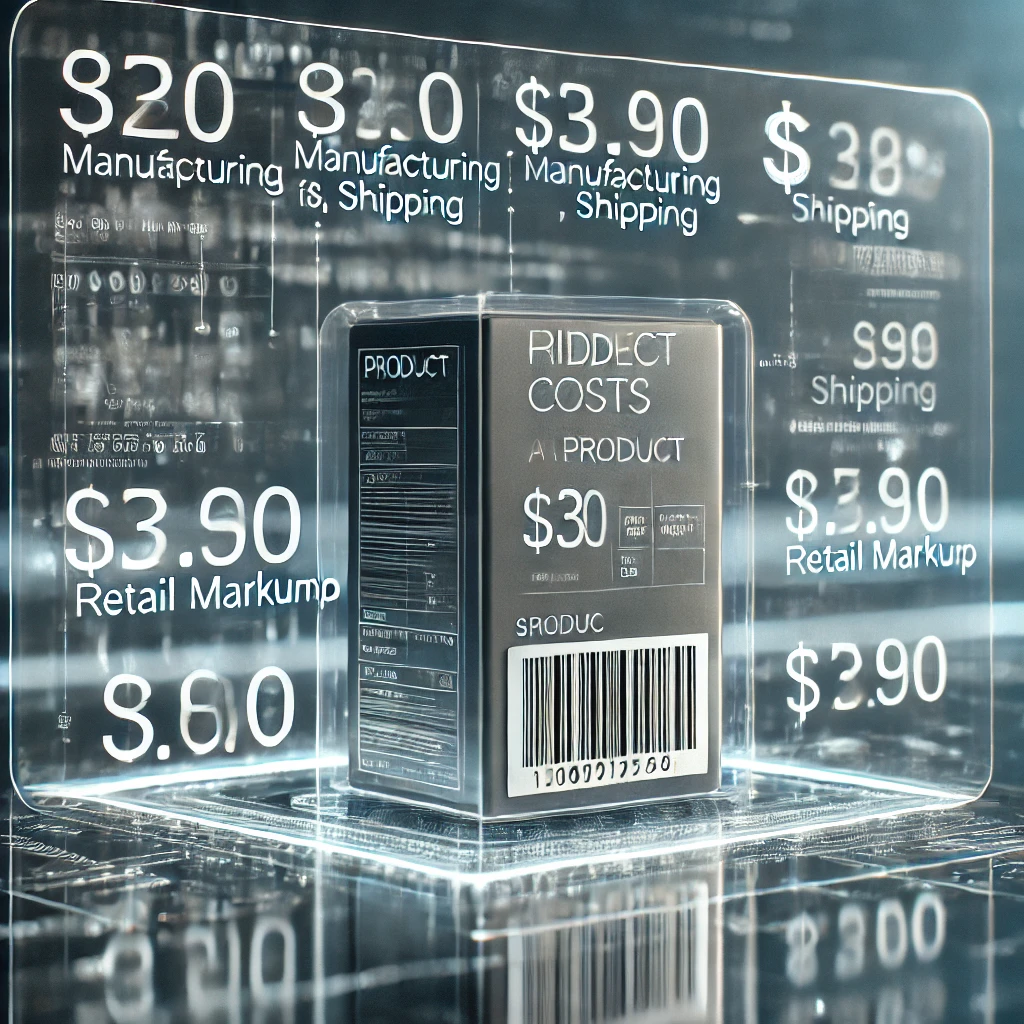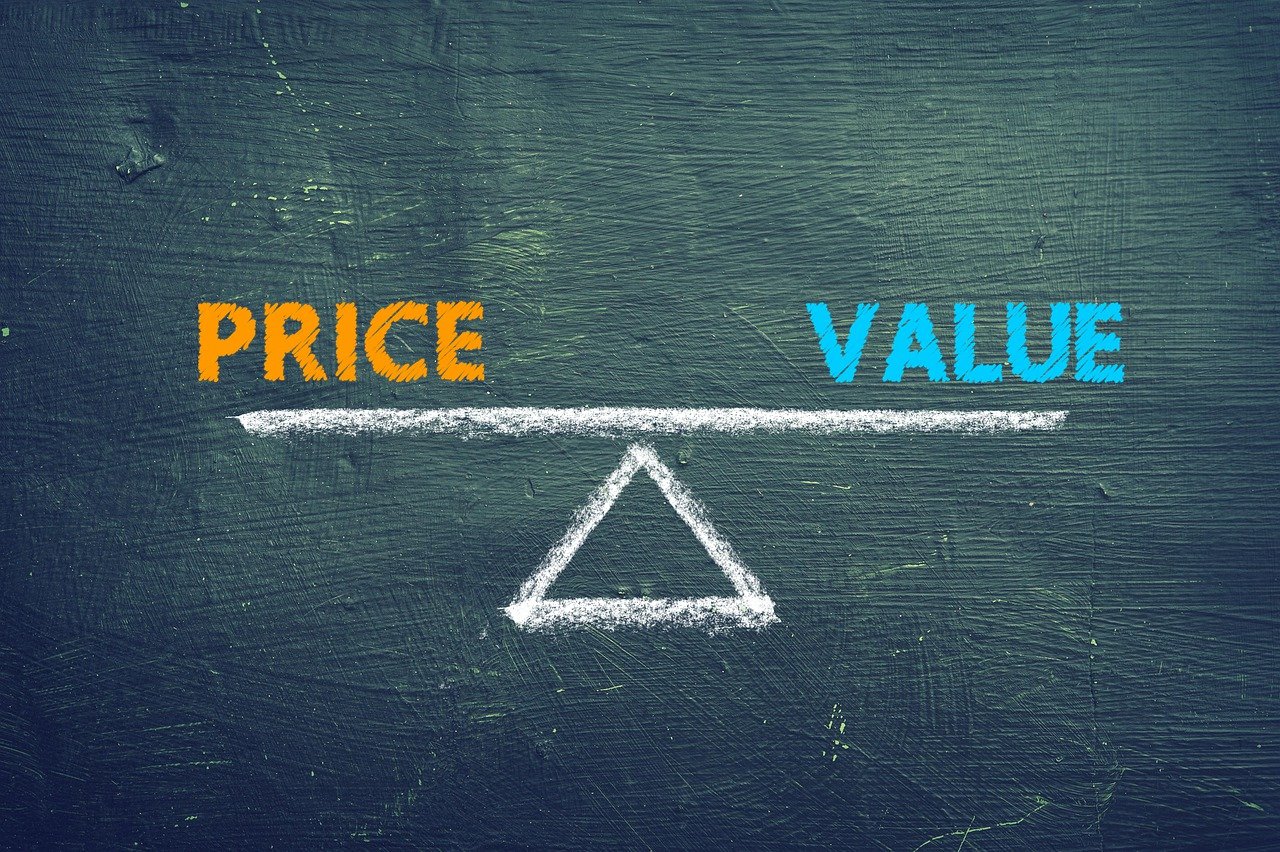In the early days of retail, consumers could walk into a store, look at a product, and know that the price on the tag was a reflection of the product’s value. But as commerce has evolved—first into mass retail chains and now into the vast world of e-commerce—understanding what we’re actually paying for has become more complicated than ever. Why are we paying a premium for some items? Where is that extra cost going? And most importantly, should consumers continue to be left in the dark?
As corporations grow more efficient and digital commerce makes it easier to move products around the world, one would expect these efficiencies to be passed on to the consumer. But the truth is often quite the opposite. Costs are masked behind slick interfaces, hidden fees, and bloated markups. This isn’t just a pricing issue—it’s a transparency problem. And in today’s digital age, it’s time to demand better.
The Hidden Costs of Convenience
E-commerce has undeniably made shopping more convenient. With a few clicks, we can buy nearly anything and have it delivered to our doorstep in a matter of days. But beneath that convenience lies a complex and often opaque pricing structure. The price you see on your screen might seem reasonable, but how much of that is actually going toward the product? And how much of it is padding for unnecessary markups or hidden fees?
As corporations leverage economies of scale, automation, and streamlined logistics to minimize their operational costs, consumers are often left paying the same—or even higher—prices. The benefits of efficiency are often swallowed by corporate margins, leaving consumers with no insight into where their money is going. It’s a sleight of hand that keeps us blind to the real value of the products we’re buying.
Why Transparency is a Consumer Right
In any fair marketplace, buyers and sellers should be on equal footing. Both should have a clear understanding of what is being exchanged—whether it’s a product, a service, or the money that changes hands. But when corporations obscure the true costs behind layers of marketing and hidden fees, the balance is tipped in their favor. Transparency is not just a buzzword—it’s a necessary condition for a fair and just marketplace.
Here’s why transparency should be a consumer right:
Empowerment: When consumers know exactly what they’re paying for, they can make more informed decisions. Transparency gives them the power to choose products based on value, quality, and ethics, not just on the surface price.
Trust: The erosion of trust in corporations and institutions often stems from the feeling that consumers are being kept in the dark. Transparency builds trust, fostering a relationship where the buyer knows that they’re getting a fair deal.
Fair Pricing: Without transparency, pricing becomes arbitrary. Why is one product twice as expensive as another? Is the premium going toward quality, or just branding? By understanding the breakdown of costs—manufacturing, shipping, retail markups—consumers can determine whether a product is truly worth its price tag.
The Illusion of Choice in E-Commerce
E-commerce platforms boast about offering consumers more choices than ever before. With endless products to choose from, it can feel like we’re in control. But in reality, these platforms are carefully curating and manipulating what we see and how much we pay. Algorithms determine which products get highlighted, and often, the ones with the highest margins for the platform are pushed to the top. It’s a form of algorithmic manipulation that undermines the notion of true choice.
Transparency challenges this by cutting through the noise and showing consumers the real costs behind the products they’re considering. With clear, honest pricing information, consumers can reclaim control of their purchasing decisions, breaking free from the invisible forces that skew their choices.
Corporate Efficiency Doesn’t Mean Consumer Savings
Corporations have grown incredibly efficient in managing their supply chains, reducing overhead, and automating processes that once required manual labor. These innovations have lowered the cost of doing business for many companies—but those savings often don’t trickle down to the consumer. Instead, they get absorbed into corporate profits.
This isn’t just a missed opportunity; it’s a systemic issue that perpetuates inequality in the marketplace. Consumers are paying the same (or more), while corporations pocket the difference. In a world where transparency is lacking, these dynamics go unnoticed, leaving consumers unaware that they’re paying for efficiencies that should be benefiting them.
Demanding a More Transparent Future
Transparency in e-commerce isn’t just about knowing what we’re paying for—it’s about fairness, equity, and trust. As technology continues to advance and e-commerce becomes an even bigger part of our lives, consumers should demand better. We should expect clear breakdowns of where our money is going, from manufacturing costs to retail markups. We should push for platforms that put transparency first, giving us the tools we need to make informed choices.
At TruPrice, we believe in this vision of the future. Our platform isn’t just about making pricing more transparent—it’s about holding corporations accountable and ensuring that consumers are empowered with the information they deserve. It’s about changing the way we think about commerce, moving away from a model that favors corporations and toward one that is fair for all.
In a world where corporations are growing more powerful by the day, it’s time for consumers to stand up and demand transparency. The future of commerce depends on it.









